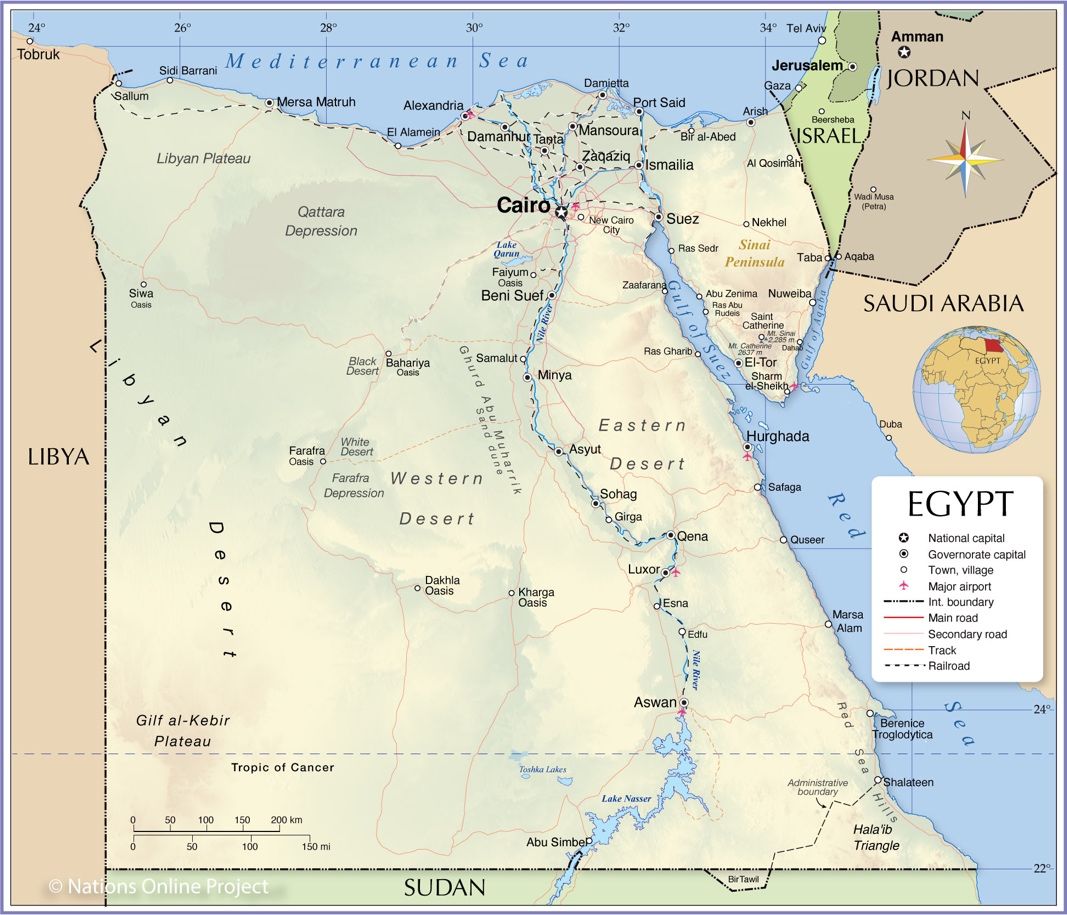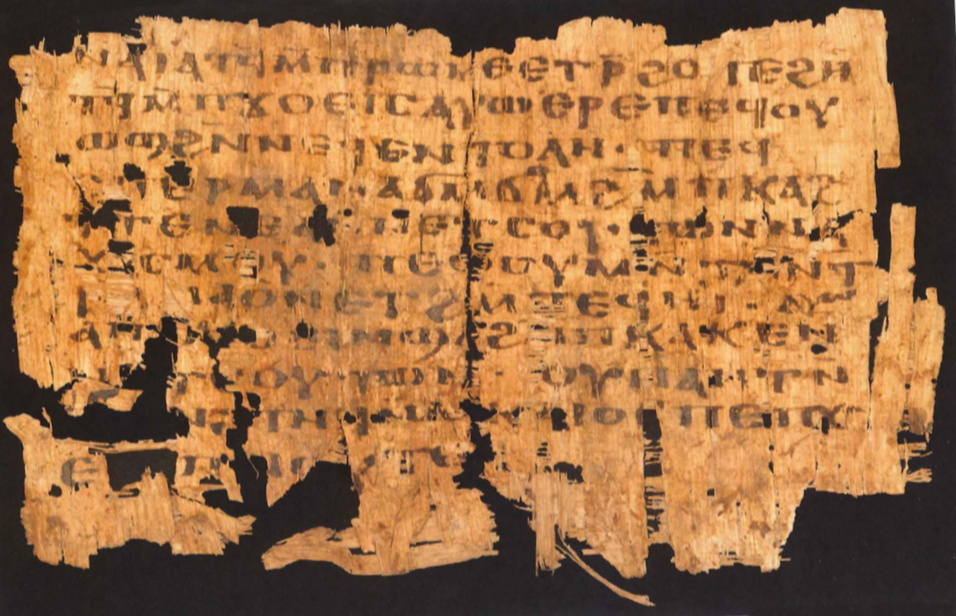The Gnostic sects that were active in especially Egypt during the second, third, and fourth century AD, all made use of variations of the same language: Coptic. This language, which appears similar to Greek both in grammar, vocabulary, and alphabet, was the one used in all Nag Hammadi Codices (NHC) found in 1946 — from the Gospel of Thomas (GTh) to the Gospel of Truth (GTr), and from the Reality of the Rulers (RR) to the Secret Book According to John (BJn) and the Gospel of Judas (GJd).
Coptic survives to this day but it is not considered a living language. It is the language used by the Egyptian Church, also known as the Coptic (Orthodox or Catholic) Church. In Egypt, Copts (those belonging to the Christian ethnoreligious group originating from Egypt) make up approximately ten to fifteen percent of the entire population, and they constitute the largest Christian denomination in Northern Africa and the Middle East.1
Coptic can be seen as a semi-modern Egyptian language, in the second and third century AD following in the footsteps of the hieroglyphs which adorn the walls and statues of the Pyramids and many royal tombs. But calling Coptic a language is primarily for convenience, and not necessarily for accuracy. In reality, Coptic is a collection of closely related dialects, and it is first and foremost a liturgical language, meaning it is spoken mainly in Church services and during prayer.2
The Coptic dialects are numerous and range in order from Luxor up to the Nile Delta: Achmimic Coptic, Lycopolitan Coptic, Sahidic Coptic, Mesokemic Coptic, Fayumic Coptic, and Bohairic Coptic. Of these dialects, Sahidic Coptic is most common in the Gnostic texts, as the NHC were found at Nag-Hammadi, in the area where Sahidic Coptic was dominant.

As mentioned, Coptic shares many characteristics with Greek. The alphabets are almost exactly the same, with some stylistic differences. Coptic also includes a few additional letters that Greek does not know: ϣ, ϥ, ϩ, ϫ, ϭ, ϯ. These letters are adopted from the Demotic script. Something else that Coptic does different from Greek is its use of the vowel ‘e’. Often, the letter ‘e’ is moved above the consonant following them, which gives them a different sound. For example, in the Sahidic Coptic word for male servant - ⲡϩⲙ︦ϩⲁⲗ - the line above ⲙ signifies the letter ‘e’, which is then pronounced more like ‘eh’, similar to the letter ‘a’ in ‘anywhere’, while normally ⲉ is pronounced more like ‘uh’, as is done in the word ⲧϩⲟⲧⲉ, meaning ‘fear’.
Coptic has another peculiarity that scholars analyzing Coptic documents struggle with. Coptic does not always clearly show when one word ends and when another begins. See the following text:
 Besides
the difficulty of having to deal with the obvious damage and thus
omission of text (called lacunae), the text is structured as
one long line of text. The only punctuations visible are some dots and
empty spaces signifying the end of one sentence and the beginning of the
next.
Besides
the difficulty of having to deal with the obvious damage and thus
omission of text (called lacunae), the text is structured as
one long line of text. The only punctuations visible are some dots and
empty spaces signifying the end of one sentence and the beginning of the
next.
But where do we draw the lines between words? Sometimes it is obvious, like at the bottom right of this papyrus. We can discern the word ⲟⲩ, meaning ‘a’. But often scholars have to look for individual recognizable words, which can be challenging. To make transcriptions more readable, scholars often use hyphens to distinguish one word from another, and spaces to distinguish word-groups. Where an old manuscript may say something like ‘ⲡⲁⲉⲓⲟⲧⲛ︦ⲟⲩⲡⲣⲟⲫⲏⲧⲏⲥⲁⲛⲡⲉ’, a scholar would write the following: ⲡⲁ-ⲉⲓⲟⲧ ⲛ︦-ⲟⲩ-ⲡⲣⲟⲫⲏⲧⲏⲥ ⲁⲛ ⲡⲉ (my father is not a prophet).
Coptic indicates the entrance of Christian belief into Egypt on a greater, organized scale. It supplants the dominance of the Demotic and Greek scripts and signifies a new language that wields both the tradition of Egyptian and the authority of Greek.
Ahram Online. “Egypt’s Sisi meets world Evangelical churches delegation in Cairo,” Ahram Online, retrieved November 3, 2023.
Layton, Benjamin. Coptic in 20 Lessons: Introduction to Sahidic Coptic with Exercises & Vocabularies (Leuven — Paris — Dudley: Peeters, 2007).